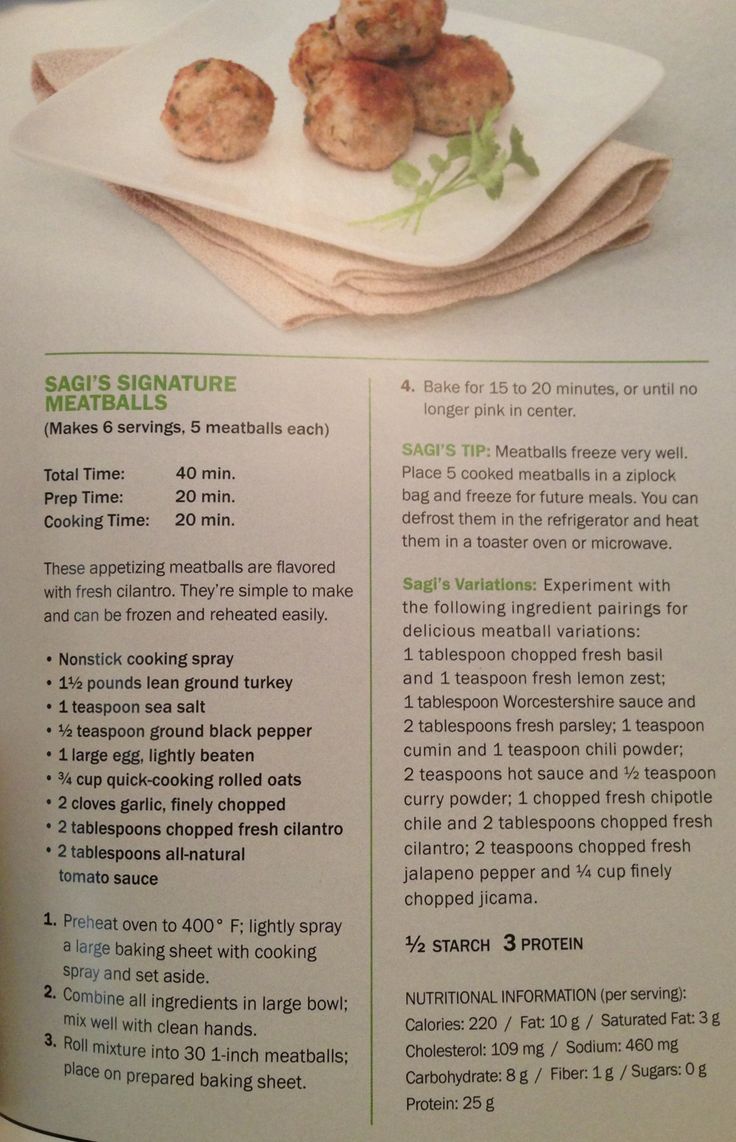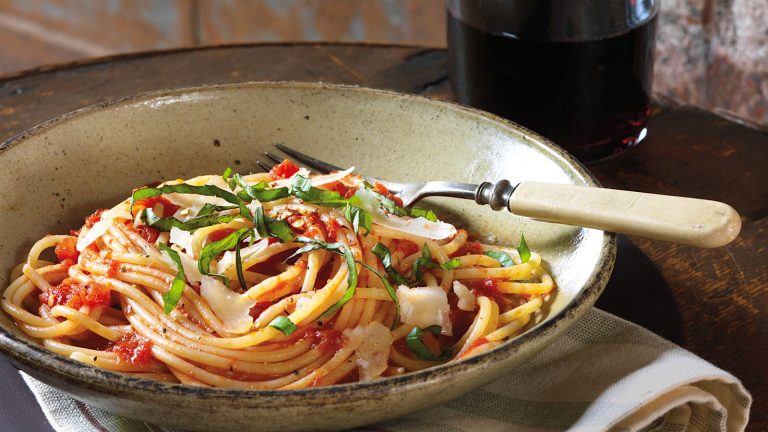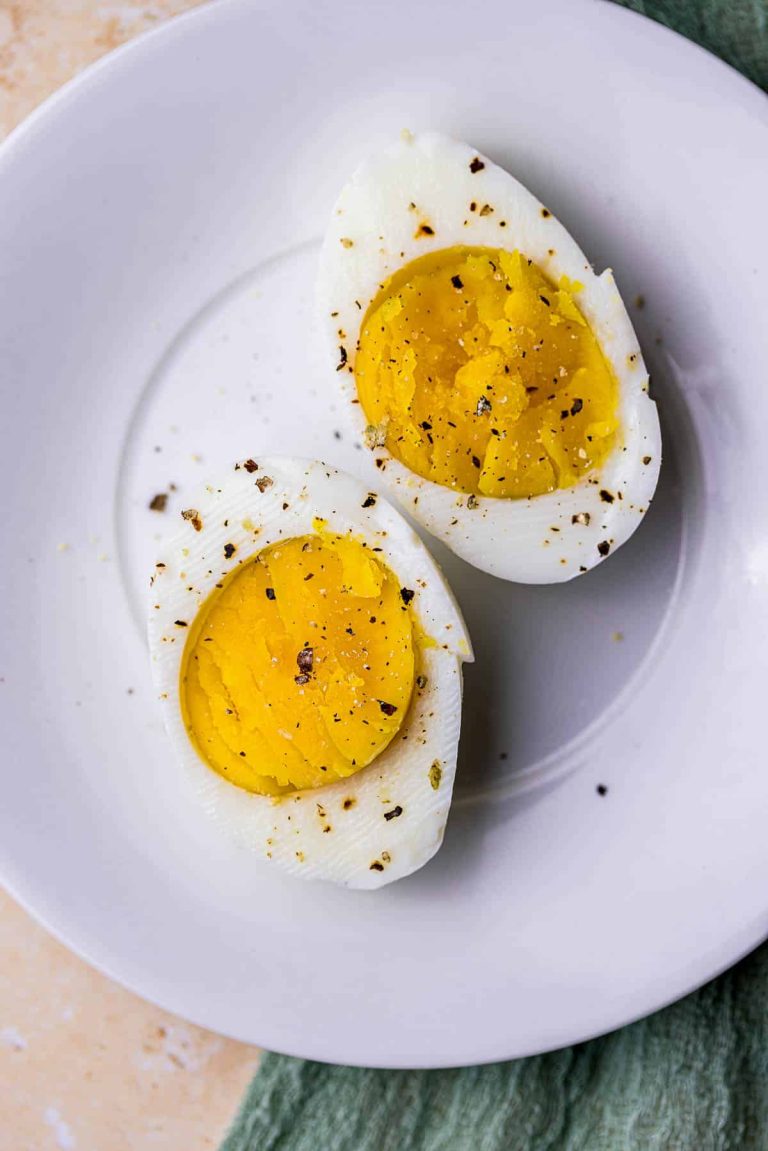Giblet Gravy: Recipes, Health Tips, and Delicious Pairings
Giblet gravy has a long history rooted in European cuisine. Originating from the practice of utilizing every part of the poultry, European cooks in the Middle Ages created rich sauces using giblets. These parts—heart, liver, gizzard, and neck—were simmered to develop deep flavors. Over time, settlers brought these culinary techniques to America, where giblet gravy became a staple in holiday feasts. The recipe evolved by incorporating local ingredients and cooking methods, adapting to regional tastes while preserving its essential components.
Regional Variations in Recipe Styles
Giblet gravy recipes vary by region, each bringing unique twists to the dish. In the Southern United States, recipes often include hard-boiled eggs and a touch of cream, adding richness and texture. In New England, sage and thyme are common additions, reflecting the area’s preference for herbaceous flavors. Midwestern versions might use cornstarch for thickening, creating a smoother consistency. These regional differences highlight the adaptability of giblet gravy, demonstrating how local traditions can influence a classic recipe while maintaining its core elements.
Key Ingredients and Substitutions
Essential Components of Giblet Gravy
Giblet gravy uses specific ingredients to achieve its rich flavor and texture. The most fundamental components include:
- Giblets: These are the heart, liver, gizzard, and neck from the turkey or chicken. They give the gravy its distinctive taste. The key to releasing their full flavor is simmering them in broth or stock.
- Broth or Stock: Homemade or store-bought broth, preferably turkey or chicken, provides a robust base. You can enhance it with aromatics like onions, carrots, and celery.
- Fat and Drippings: These are the rendered fats and juices from roasting the poultry. They’re essential for the gravy’s depth, helping to thicken and enrich it.
- Flour or Cornstarch: Used for thickening, flour creates a smooth texture when whisked with fat, while cornstarch remains a gluten-free alternative.
- Seasonings: Common seasonings include salt, pepper, sage, and thyme. These herbs and spices enhance the gravy’s complexity, reflecting regional preferences.
Common Substitutes for Dietary Restrictions
Modifications accommodate dietary preferences without sacrificing the gravy’s flavor.
- Vegetarian or Vegan Giblet Gravy: Replace giblets with mushrooms or tempeh to mimic the texture. Use vegetable broth instead of poultry stock.
- Gluten-Free Gravy: Substitute flour with cornstarch or arrowroot powder for thickening. Both provide similar consistency without gluten.
- Low-Sodium Variant: Opt for low-sodium broth and use fresh herbs to intensify flavor without added salt.
- Dairy-Free Option: Use oil or margarine instead of butter for making the roux. Non-dairy milk can replace cream if the recipe includes it.
Incorporating these substitutions ensures everyone at the table enjoys the rich, complex flavors of giblet gravy.
Preparing Giblet Gravy: A Step-by-Step Guide
Cooking Techniques for Optimal Flavor
Begin by simmering the giblets. Place the giblets (heart, liver, gizzard, neck) in a pot of water. Simmer for 45 minutes to extract maximum flavor. Remove giblets from broth, and finely chop them. Reserve the broth for later steps.
Create a roux by melting 4 tablespoons of fat (butter, oil) in a separate pan. Add 4 tablespoons of flour, whisking continuously for 3-4 minutes until a light brown color forms. This creates a smooth base for your gravy.
Gradually incorporate reserved broth into the roux. Add one cup at a time, whisking vigorously to keep it smooth. Use all the broth for a robust flavor.
Add chopped giblets to the simmering mixture. Continue to cook for another 15 minutes. Finally, season with salt, pepper, and any preferred herbs (sage, thyme).
Tips for a Smooth and Rich Texture
Begin with sifted flour. Sifting prevents lumps and ensures a consistently smooth roux.
Use a wire whisk during blending. Whisk constantly when adding the broth to the roux. This prevents clumping and maintains a smooth consistency.
Strain the gravy if lumps form. Use a fine mesh strainer before serving to remove any inconsistencies.
Adjust the thickness as needed. For thicker gravy, simmer longer. For thinner gravy, add more broth or water, whisking thoroughly.
Incorporate butter at the end. Add one tablespoon of butter after removing from heat. This adds a glossy finish and enhances richness.
Pairing Giblet Gravy with Meals
Traditional Dishes That Complement Giblet Gravy
Pairing giblet gravy with classic dishes enhances the meal’s flavor and increases its richness. Roasted turkey topped with giblet gravy is a traditional favorite, especially during Thanksgiving. Mashed potatoes absorb the gravy, creating a savory side dish. Southern-style cornbread dressing benefits from a rich gravy pour, blending textures and flavors perfectly. Add giblet gravy to roasted chicken for a moist and flavorful experience. Pair it with green beans cooked with bacon for a delightful balance.
Creative Ways to Incorporate Giblet Gravy in Modern Cuisine
Incorporate giblet gravy into contemporary dishes for a unique twist. Use giblet gravy as a flavorful sauce over pasta, creating a comforting dish. Drizzle it over savory waffles paired with fried chicken for a decadent breakfast or brunch. Incorporate it into meatloaf by mixing it into the meat mixture or using it as a topping. Add giblet gravy to a steak sandwich for added richness and complexity. Pour it over a vegetable pot pie, blending with the filling for a creamy consistency.
Health Considerations and Dietary Benefits
Nutritional Profile of Giblet Gravy
Giblet gravy contains essential nutrients from the giblets and other ingredients. Giblets provide a rich source of protein, iron, zinc, and vitamins A and B12. A single serving of giblet gravy (around 1/4 cup) typically contains:
| Nutrient | Amount |
|---|---|
| Calories | 50-100 kcal |
| Protein | 2-4 grams |
| Fat | 5-8 grams |
| Carbohydrates | 3-5 grams |
| Sodium | 200-300 mg |
Protein supports muscle repair and maintenance. Iron plays a crucial role in oxygen transport. Vitamins A and B12 are vital for vision, immune function, and neurological health.
Making Giblet Gravy Healthier
To improve the health profile of giblet gravy, several modifications are possible:
- Use Less Fat: Opt for lower-fat alternatives like olive oil or a reduced amount of butter to cut down saturated fat content.
- Increase Vegetables: Add finely chopped vegetables such as onions, carrots, and celery to enhance the nutrient density and dietary fiber.
- Choose Low-Sodium Broth: Replace regular broth with low-sodium versions to reduce sodium intake, benefiting those with hypertension or cardiovascular concerns.
- Incorporate Whole Grains: Utilize whole grain flour instead of refined flour to increase fiber content and improve glycemic index.
- Skim Off Excess Fat: Before serving, skim off any excess fat that floats to the top of the gravy, reducing overall fat content.
By following these tips, you enjoy giblet gravy without compromising on health benefits.
Conclusion
Giblet gravy offers a delightful blend of tradition and nutrition. Whether you’re sticking to classic recipes or experimenting with healthier versions, it can enhance any meal with its rich flavors. By making mindful ingredient choices and trying new pairings, you can enjoy this savory sauce in a variety of ways. Embrace the versatility of giblet gravy and let it become a staple in your culinary repertoire.






